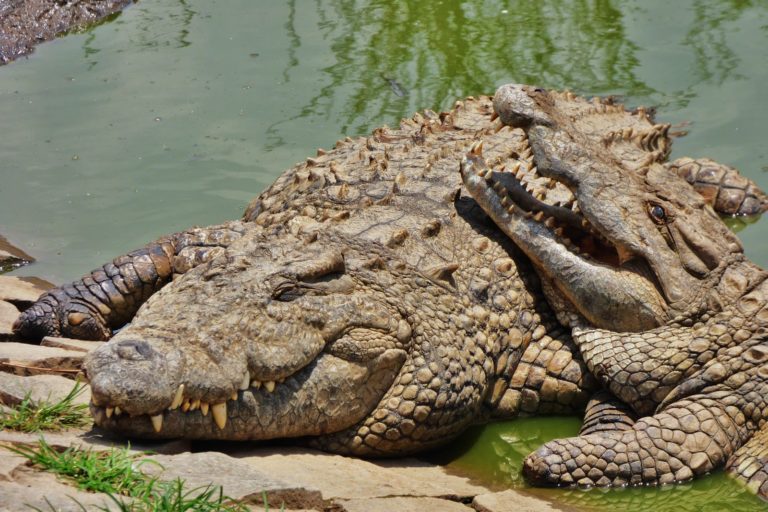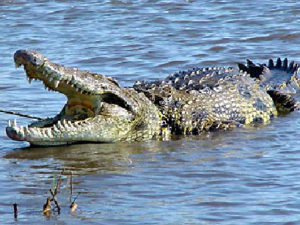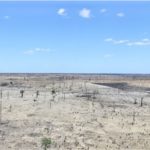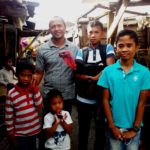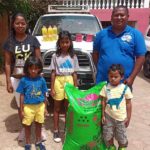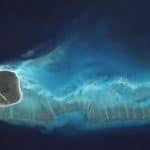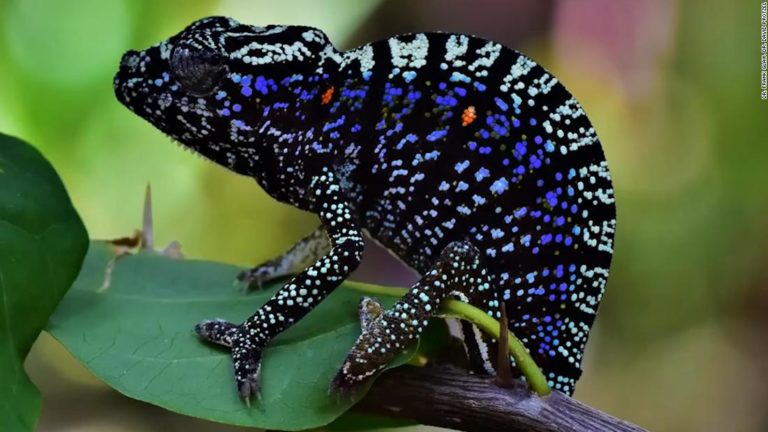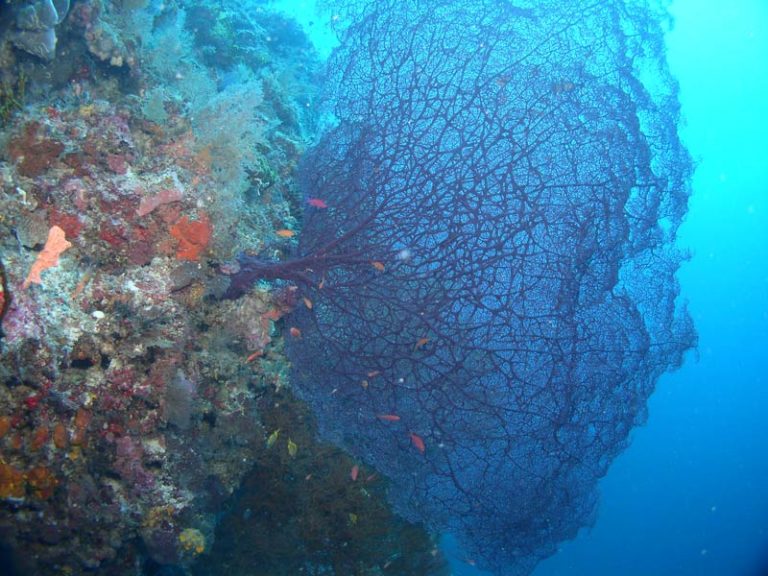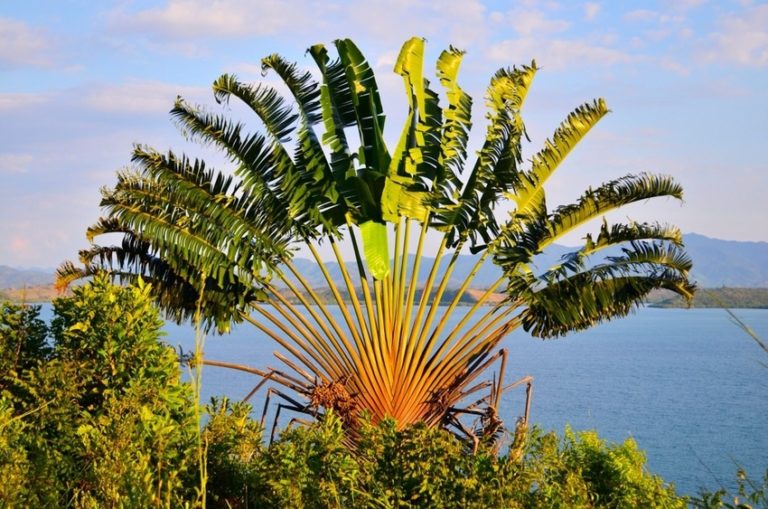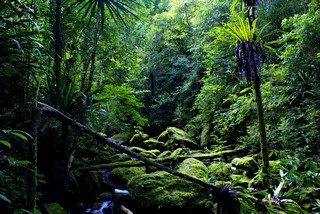Crocodiles in Madagascar
To date, the type Crocodylus niloticus native to the Malagasy rivers alone. However, the island was once home to an endemic crocodile species, Crocodylus robutus, which is now extinct. Long a topic of controversy among scientists because this subfossil species was considered a subspecies of Crocodylus niloticus or was thought to be obscure, it is now recognized as a distinct endemic species. Its closest relative would be the African dwarf crocodile Osteolaemus tetraspis.
Crocodylus niloticus is undoubtedly the most dangerous reptile on the island, the largest specimens can exceed one ton and be more than 5 meters long. Very good swimmer, they are native to most rivers, lakes, lagoons and marshy areas of the west coast of Madagascar up to 900 m altitude.
The female lays an average of 20 eggs on sunny sandbars in October. She takes care to bury them in holes up to one meter deep. The eggs are then incubated for 20 to 25 days before the small crocodiles hatch from about fifteen centimeters.
Throughout the cool season (April to October), the Malagasy Nile crocodile is in a vegetative state of life. They consume very little food and spend most of the day lying on their bellies, sleeping and sunbathing. As soon as night falls, they return to the water and their shelter. The shelters are dug into the banks, the entrance is at least partially in the water, the rest is dry. When the first heat arrives, the crocodile comes out of its torpor and goes in search of food. This consists mainly of fish, waterfowl, turtles, sometimes cattle, goats or dogs. The largest prey are not swallowed immediately, the crocodile first lets them undergo an incipient decomposition process in its lair.
The crocodile is with other species that frequent its environment is sometimes with Egretta gularis, Anhinga melanogaster in contact, and the shelter can be used as a refuge for other species.
The origin of many legends, tales, beliefs and rituals, the crocodile ("voay" or "mamba" in Malagasy) is often sacred and revered in Madagascar.
Sometimes the crocodile is considered the ancestor of the Zafindravoay clan (Antandroy) or the protector of Antanosy Antavaratra as the reincarnation of certain people. The zebus also often pay for sacrificial rites in honor of the dinosaurs. In many regions it is forbidden to hunt or kill crocodiles or even to point a gun at a body of water.
Crocodile teeth are used to make talismans and in the past as relics to preserve royal remains (tooth, nail and hair remains). But if Malagasy culture is rich in facts and anecdotes about crocodiles, their skins are highly sought after and they are still hunted intensively.
